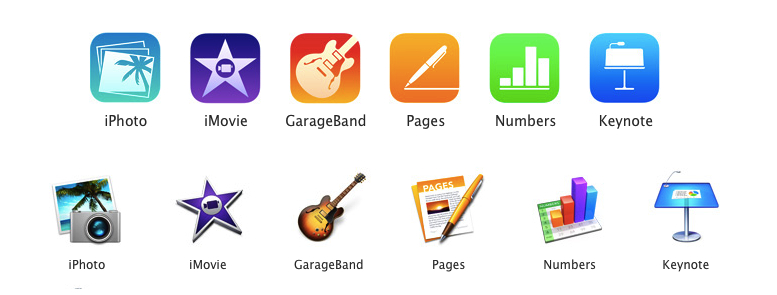Two weeks ago, The Omni Group announced an app called OmniKeyMaster aimed at letting customers migrate from Mac App Store licenses to standalone ones that supported upgrade pricing:
OmniKeyMaster is a simple app that finds App Store copies of Omni apps installed on your Mac, then generates equivalent licenses from our store – for free. This gives Mac App Store customers access to discounted pricing when upgrading from the Standard edition to Professional, or when upgrading from one major version to the next. Another benefit: since they don’t have to wait in an approval queue, our direct releases sometimes get earlier access to new features and bug fixes. OmniKeyMaster lets App Store customers access those builds, as well.
Today, The Omni Group had to remove the app, presumably after pressure from Apple:
My apologies: I’m afraid we will not be able to offer upgrade pricing to our Mac App Store customers after all. So long as we continue to sell our apps through the Mac App Store, we are not allowed to distribute updates through other channels to apps which were purchased from the App Store.
This is strange, because a number of similar tools (made by other independent developers) already exist on the Internet and they have been letting customers generate standalone licenses for several months. Perhaps Apple just didn’t like that a name such as The Omni Group had found a way to make the process so easy? Was The Omni Group’s tool built in such a way that it broke some Apple rules? Did The Omni Group think OmniKeyMaster would be okay because other solutions existed? Is Apple going after similar solutions as well?
Stephen Hackett argues that The Omni Group should have foreseen this, but that the Mac App Store is, overall, good for most third-party developers:
While The Omni Group is probably big enough to walk away from the Mac App Store, a lot of developers are enjoying a level of success in the Store that they couldn’t enjoy without it. Apple shouldn’t use that to strong-arm developers from trying to workaround the system. That puts both Apple and third-party developers in a pretty crappy spot.
I see both points. The Mac App Store is good for some developers and end customers, but it could be improved in so many ways. Is it a surprise that, after an initial rush to sell apps on the Mac App Store, more and more developers of apps above the $2.99 threshold (read: not games and utilities) have gone back to selling both App Store and “regular” versions?
The Omni Group wanted to do the right thing and offer upgrade pricing for customers who bought an app on the App Store. Apple doesn’t like the idea and leads by example with a new version of Logic Pro sold as a new app, without upgrade pricing. If my assumption is right and Apple is behind OmniKeyMaster’s premature demise – how could they not be? – that’s really sad.
Apple shouldn’t put pressure on developers who tried the Mac App Store model and didn’t like some parts of it. Instead of burying their head in the sand and pretending that developers who want upgrade pricing don’t exist, they should work with those developers to resolve their issues. The App Store launched in January 2011 and these aren’t new problems. If Apple doesn’t really care about upgrade pricing, it seems curious – to me, utterly wrong – that they’re going after a clever tool like OmniKeyMaster.
And if you think that it’s in Apple’s right to shut down OmniKeyMaster1, then I guess it won’t be a surprise if more developers will keep offering standalone versions of their apps in the future, possibly even eschewing the Mac App Store if necessary.
Most people don’t have time to care about these issues, because they like the convenience of the Mac App Store. But I do, and therefore, whenever possible, I try to buy Mac apps from a developer’s website. It’s worth the extra effort.






